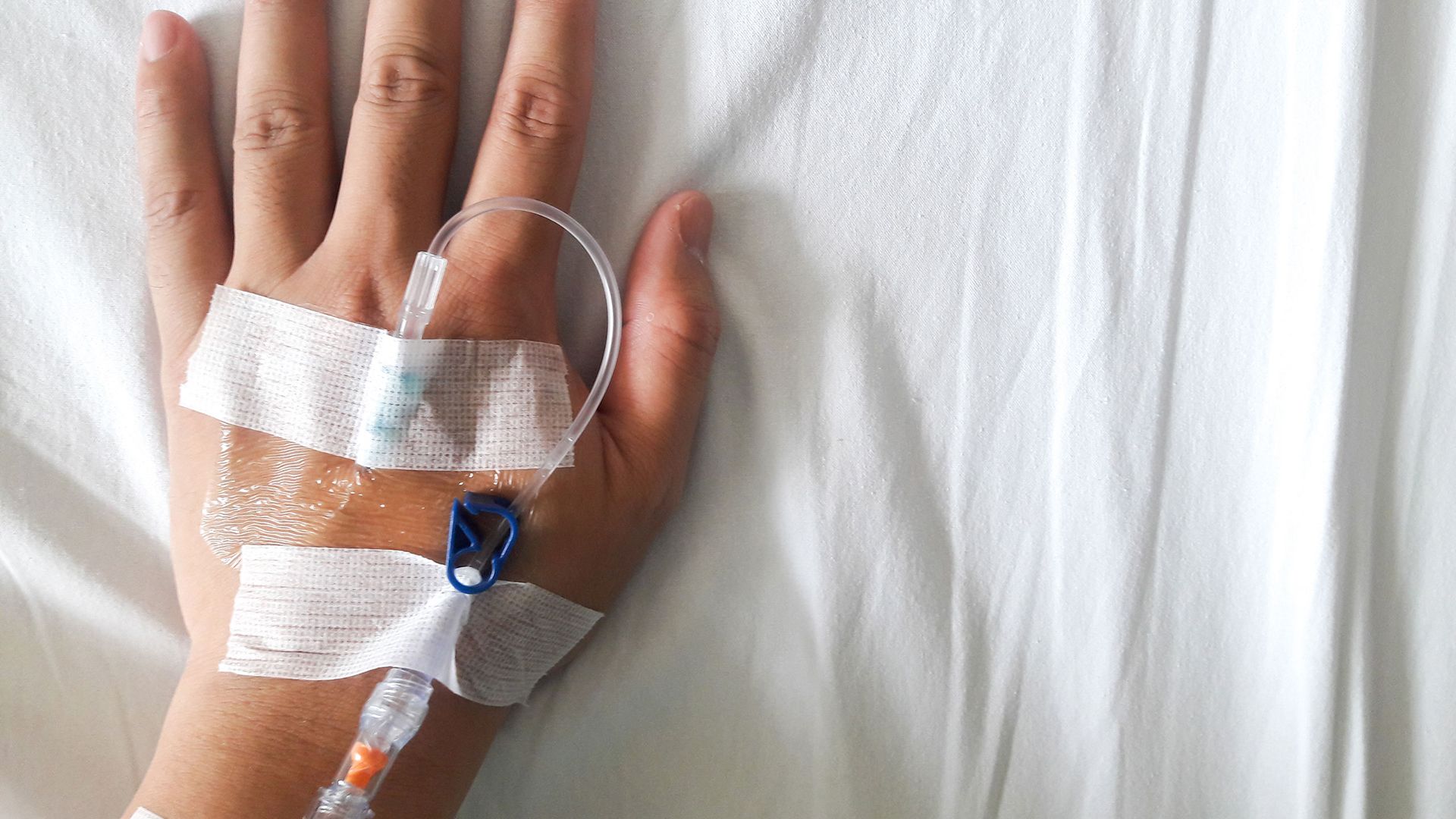Many patients who are diagnosed with relapsing-remitting multiple sclerosis—the most common type of MS—will eventually be diagnosed with secondary-progressive multiple sclerosis (SPMS). This is a second phase of the disease where flares and disease activity become less frequent, but neurologic symptoms worsen.
Being diagnosed with SPMS means that you may have to make changes to your treatment plan. Here, we look at some of the factors your healthcare provider will consider when it’s time to make treatment decisions, as well as some of the treatments available for SPMS.
Categories of SPMS
It is important to understand that SPMS can behave differently at different points in time, and that disease activity will change over time. It is also important to understand that the condition affects different people in different ways—and the best treatment for one person may not be the best option for another.
Healthcare providers use four categories when describing the behavior of SPMS. (These are also used when describing primary-progressive MS, or PPMS.) These are not different types of SPMS, as a person may experience some or all of these during different points in time, and are important when deciding on the best course of treatment.
- Active with progression: There are relapses and/or new disease activity is visible on an MRI, and there is a worsening of neurologic function.
- Active without progression: There are relapses and/or evidence of new disease activity on an MRI, but neurological function remains steady and is not getting worse.
- Not active, with progression: There are no relapses or evidence of new disease activity, but neurologic function is getting worse.
- Not active, without progression: Here, SPMS is stable. There are no relapses, no evidence of disease activity in an MRI and neurologic function remains unchanged.
While a diagnosis of SPMS can be difficult news to take, and it is normal to feel discouraged, it is important to remember that there are treatments available.
Disease-modifying therapies (DMTs)
Disease-modifying therapies (DMTs) work by altering the way the immune system functions, and thereby preventing or limiting the autoimmune response that damages nerve tissue in people who have MS. You may already be familiar with DMTs, which are prescribed for many patients with relapsing-remitting MS (RRMS). While some of DMTS are also used to treat relapsing-remitting MS, some are only used for progressive forms of MS, like SPMS.
DMTs are prescribed to some patients who have SPMS when the disease is active or if relapses are occurring. However, DMTs may no longer be useful if the disease is inactive, and a more aggressive treatment may be recommended in cases when the disease is more active.
Rehabilitation
Physical and cognitive rehabilitation are important aspects of treatment for people who have SPMS. The loss of neurologic function that results from MS can make many everyday tasks challenging. The type of rehabilitation a person requires will depend on their specific symptoms, but can include physical and/or occupational therapy, speech therapy and cognitive rehabilitation to improve things like reasoning and concentration.
Managing symptoms
As with other forms of MS, a treatment plan for SPMS will include therapies to address the numerous symptoms that can result from having MS, such as depression, loss of bladder control, pain and issues with sexual function. It should also include counseling and support to help both patients and caregivers deal with the emotional, psychological and social challenges of MS.
Overall health
Though a diagnosis of a progressive form of MS can feel all encompassing, it is important to remember that there are many other aspects of your health that you can and should focus on. It is important to eat well, remain active, eliminate unhealthy habits like smoking (which can make MS worse), manage other health conditions and stay up to date on preventive healthcare.
Medically reviewed in March 2019.





